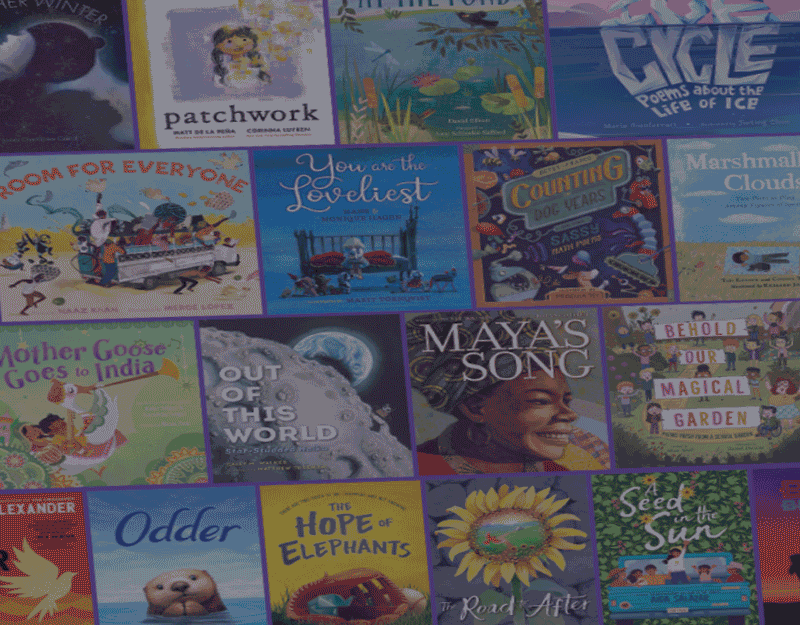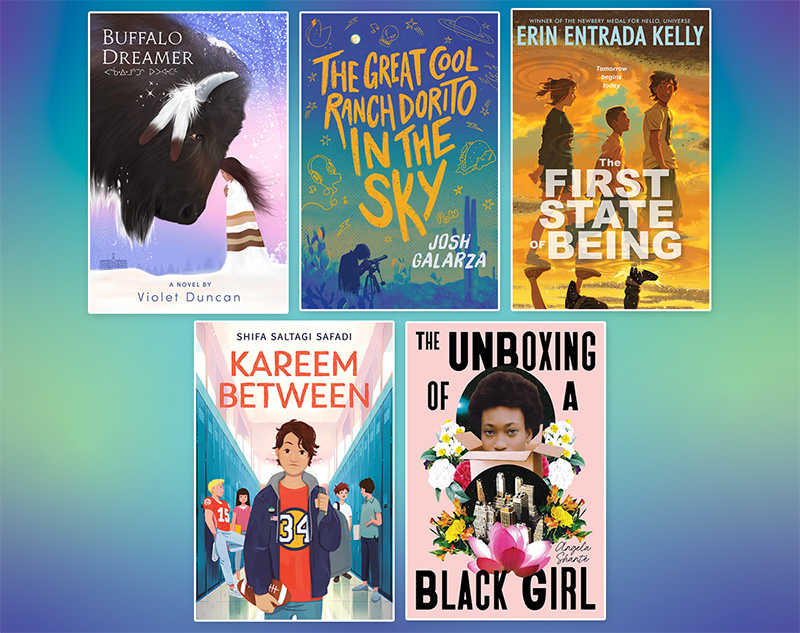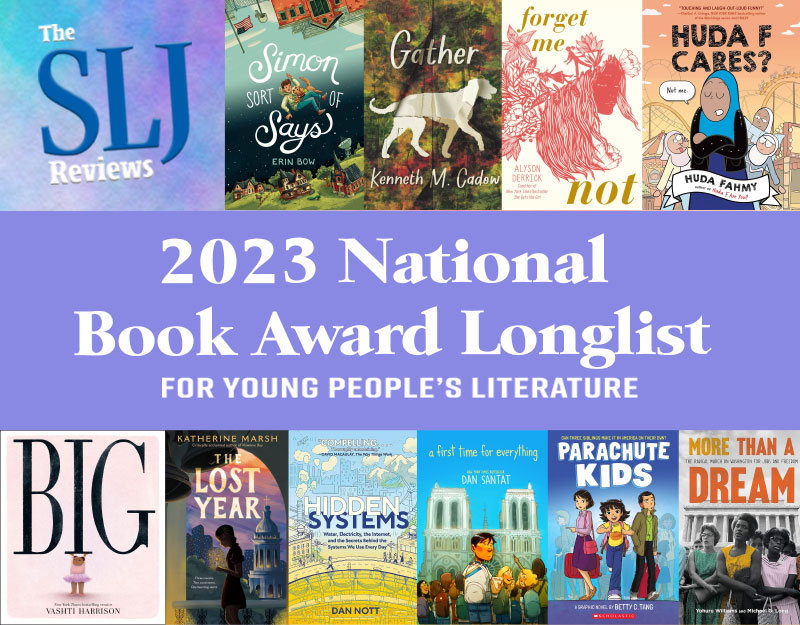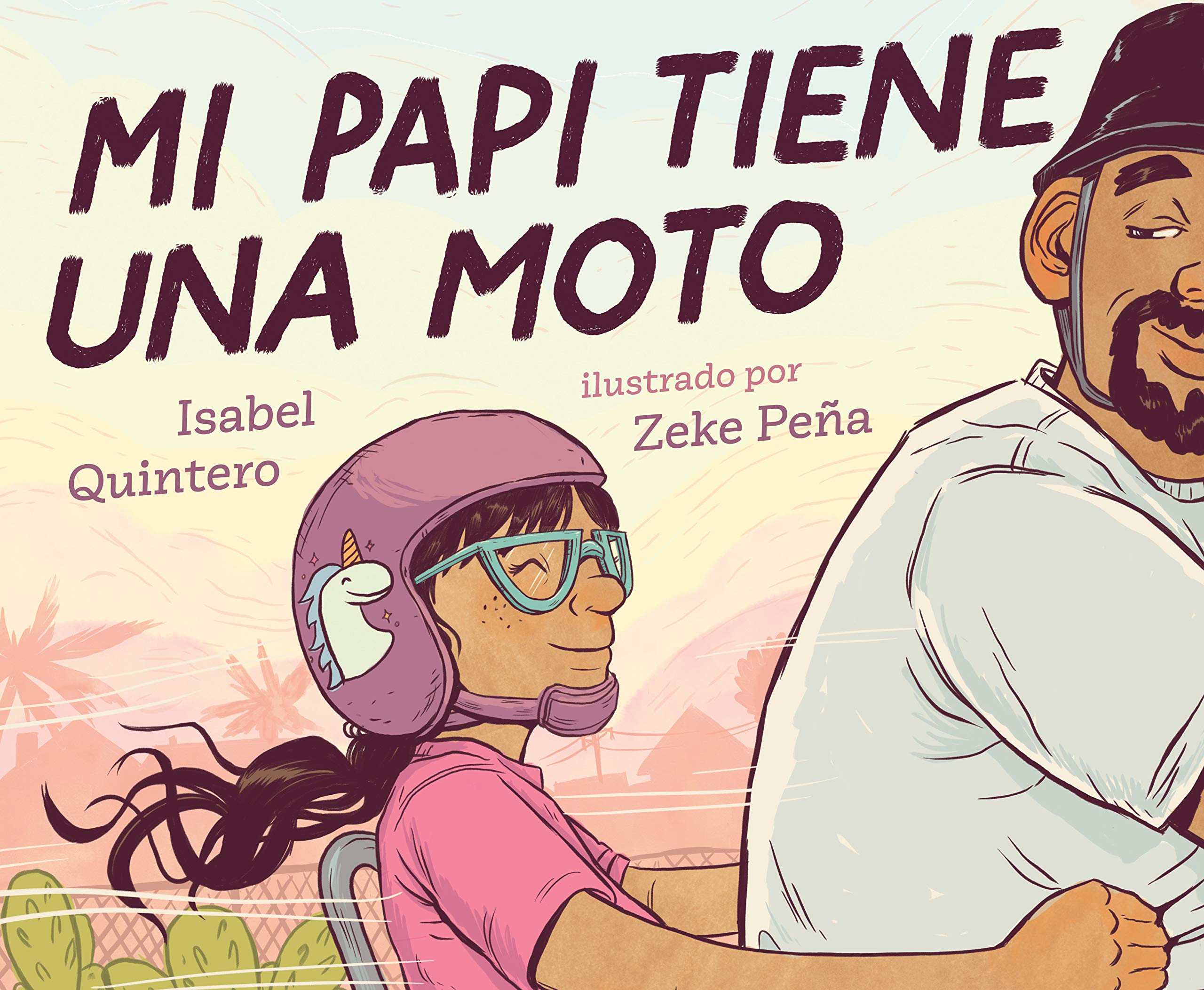ALA Pura Belpré Winner: The Dreamer
The Dreamer
Winner of the 2011 Pura Belpré Award
Book Review
Neftalí’s world is filled with the wonders of nature, sensitivity of childhood, and sheer fascination with life and language. That, however, is a different world from the one his authoritarian father insists he live in – one where the only worthy aspirations are practical ones in medicine and business, and where readers, writers, observers, and dreamers are labeled “fools,” “fanatics,” and “idiots,” believed to be worthless. At first a timid introvert, Neftalí obediently submits to his father’s demands that he abandon his love for books and nature. But the words and the world continue to beckon until Neftalí can no longer ignore their hold on his heart or the yearnings of his literary spirit, and he begins to envision and inscribe his own life as Pablo Neruda, celebrated Chilean poet, social activist, winner of the Nobel Prize for Literature, and lifelong dreamer. Masterfully merging Neruda’s passionate poetry with elements of magical realism and her own lyrical prose, Ryan weaves a compelling fictional biography of Neruda’s childhood. Sís’s engaging and ethereal drawings likewise blend genres to complement the inner and outer worlds that Neftalí experiences. All together, this exceptional novel will inspire readers to follow their own dreams as well.
Grades 3-8
- The Sounds of Language. Ryan’s prose is filled with delightful and unique examples of onomatopoeia: the rain sounds like plip-plip plop bloop, bloop, bloop; Uncle Orlando’s printing press makes a clickety-CLACK, phew-ah sound; and the ocean goes pome shwahhhhhh thissssssssssss. Take students around the school or outside into the community to record the sounds they hear. Then have them try to write those sounds to learn about onomatopoeia or to create unique ones to reinforce their phonemic awareness and phonics skills. (It’s never too late for that!)
- Figurative Language and Illustrative Interpretation. Peter Sís has won several major awards for his illustrations of various other books. In The Dreamer, his distinctive style of magical realism is a harmonious match Ryan’s creative blend of literary genres. How does Sís make Ryan’s prose more visually palpable? That is, how does he make Ryan’s and Neruda’s figurative language more “concrete”? Launch an inquiry with students into these questions, and have students try their hand at illustrating excerpts from both the prose and the poetry in The Dreamer. You may also want to examine some of Sís’s picture books for inspiration. Make sure students continually refer to the text to guide their artwork. Collect the images they create into a class portfolio, or display the images throughout the classroom or school.
- Character Study. The Dreamer centers around Neftalí’s growth and development from a shy, insecure boy to a determined young man. This familiar character arc is used by many authors. What makes Neftalí’s character development similar or different from other characters who undergo such transformations? What elements of character (e.g., dialogue, action, description, etc.) highlight important turns in Neftalí’s development, and are there any examples that specifically reveal those turns? Which secondary characters support or hinder Neftalí’s growth, and how? Have students create short monologues that really epitomize Neftalí’s character development and perform them before the class. Other characters in the novel can also make for fascinating character studies: Mamadre, Rodolfo, Laurita, and of course, Father.
- Inspiring Poetic Inquiry. Ryan sprinkles questions about the world that Neruda observed and that parallel her narrative text throughout The Dreamer. Each of these questions takes on a poetic tone with its language, rhythm, and focus. Similarly, Neruda’s famous collection, The Book of Questions, is a list of simple wonderings about the world that he observed, but became works of art when he played with language and put them on paper. Have students collect in a writer’s notebook their own wonderings about life and the world in which they live. Then encourage them to revisit their questions, play with poetic elements such as figurative language and rhythm, and craft their questions into their own poetry. You may even want to compile them into a class book of questions to publish and share with the greater school community.
ADVERTISEMENT
ADVERTISEMENT
Critical Literacy
- Mapuche People. As a young boy, Neftalí was aware of the ill treatment of the Mapuche people who lived alongside him. However, the plight of the Mapuche people still continues, making world headlines as recently as last year (see http://www.bbc.co.uk/news/world-latin-america-11360262). The story of the Mapuches resemble what has happened to many indigenous people across the world who have had their land and culture threatened by colonialism and industrial development. Have students research the Mapuche people, or other indigenous populations, and investigate the issues involved around their struggle. The websites listed below in the Further Explorations section can be starting points.
- Poetry for Social Action. Often, poetry is presented and taught to students as a form of personal expression. However, Langston Hughes said that “poetry is a form of social action,” and there is a long history of using poems to advance social justice. Pablo Neruda wrote dozens of poems about the social inequities and plights around him. How can poetry have such a powerful effect on people? Have students search for examples of such poems, identify the social issue the poems address, and investigate how those poems and/or their poets contributed to bringing about social justice and change. Begin with Neruda’s own work, and then encourage students to inquire into the work of their favorite poets. You may want to use the Social Justice Poetry website listed below as a reference.
- Investigating Biographies. Remind students that a biography is someone’s version of another person’s life story. What does it mean, then to write and read a fictionalized biography like The Dreamer? With students, inquire about the perspective is the author writing from, and how he or she views the person that is the subject of the biography. Which life events are included, and which are left out? How do these decisions help an author represent the biographical subject in a certain way? Could there be other ways of interpreting and representing someone else’s life story? Gain different viewpoints and compare and contrast how other authors view the same person by read a text set of other biographies (see some of those about Neruda listed below).
Further Explorations
Online Resources
2011 American Library Association (ALA) Pura Belpré Award
Pam Muñoz Ryan’s website
- Part historical fiction and part informational biography, this novel relays how Phillis Wheatley’s poetry played a remarkable role in her journey from slavery to freedom during the American Revolution.
Dana, B. (2009). A voice of her own: Becoming Emily Dickinson: A novel. New York: HarperTeen.
- A young adult fictional biography of poet Emily Dickinson’s life from age 9 to 24.
Delano, P., (2006). When I was a boy, Neruda called me Policarpo: A memoir. Ill. by Manuel Monroy & Trans. by Sean Higgins. Toronto, ONT: Groundwood Books.
- In this illustrated chapter book, Chilean writer Poli Delano recounts his family’s friendship with Neruda, whom he called Tio Pablo. Neruda’s poetry is again spotlighted between chapters.
Neruda, P. (1973/2001). The book of questions. Trans. by William O’Daly. Port Townsend, WA: Copper Canyon Press.
- Neruda’s distinguished collection of brief poems, all in question format, that push the reader’s imagination and curiosity in surprising ways. Available in bilingual formats.
Ray, D. K. (2006). To go singing through the world: The childhood of Pablo Neruda. New York: Farrar, Strauss, & Giroux.
- A picture book biography of Neruda’s childhood, focusing on his stepmother and the principal of a nearby school, both of whom help nurture Neftalí’s creativity. Like The Dreamer, this book also expertly incorporates Neruda’s poetic voice throughout its pages.
About Grace Enriquez
Grace is an associate professor of language and literacy at Lesley University. A former English Language Arts teacher, reading specialist, and literacy consultant, she teaches and writes about children’s literature, critical literacies, and literacies and embodiment. Grace is co-author of The Reading Turn-Around and co-editor of Literacies, Learning, and the Body.
ADVERTISEMENT
ADVERTISEMENT
SLJ Blog Network
Further Predictions! Everything That ISN’T Newbery/Caldecott 2025
Hilda and Twig | This Week’s Comics
The Seven Bills That Will Safeguard the Future of School Librarianship
Shakespeare, but Make it Queer!: Retelling a Classic Play and My Love/Hate Relationship with William Shakespeare, a guest post by Emma K. Ohland
Gayle Forman Visits The Yarn!
ADVERTISEMENT









This is a great blog you've got here. I stumbled across it looking for more information about The Dreamer, which I read and loved for a Youth Lit class I'm taking. Happy postings, I hope to read more!